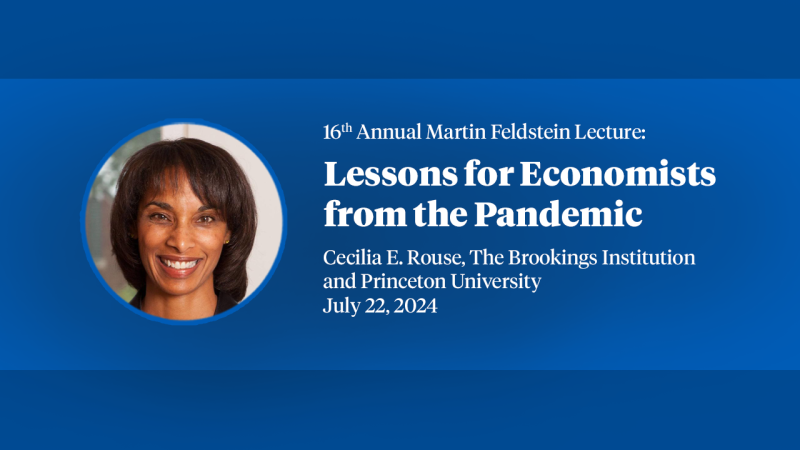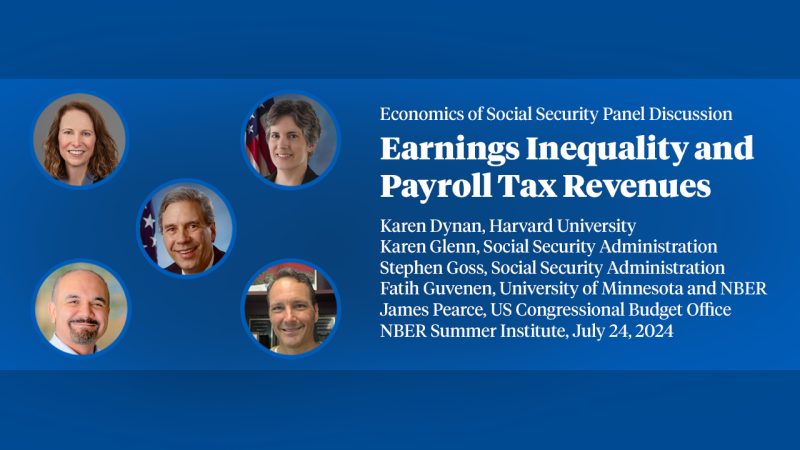The Long Road to Equality: Racial Capital and Generational Convergence
We introduce the concept of racial capital, defined as the collective material and non- material assets of the racial groups to which a child is exposed while growing up, and examine its potential to explain racial disparities in life outcomes that persist even after accounting for a broad range of parental and neighborhood resources. Estimates for Asian, Black, Hispanic, and White children born around 1980 imply that metro-level racial capital measures: (i) have substantial power to explain racial differences in life outcomes, (ii) sharply close and, in many cases, reverse the sign of racial intergenerational mobility gaps in education, income, and employment, and (iii) matter most when racial dissociation, as measured by residential and marriage segregation, is greatest. In contrast to standard estimates, our empirical framework implies a steady state equilibrium that is characterized by near equality for Black and White Americans. The inclusion of racial capital in the model, however, greatly slows the speed of convergence to the steady state, helping to explain the historically slow speed of racial economic convergence in the United States over the past two centuries. Finally, our framework highlights the complementary way that policies related to racial dissociation and wealth transfers affect the speed of convergence across generations.


